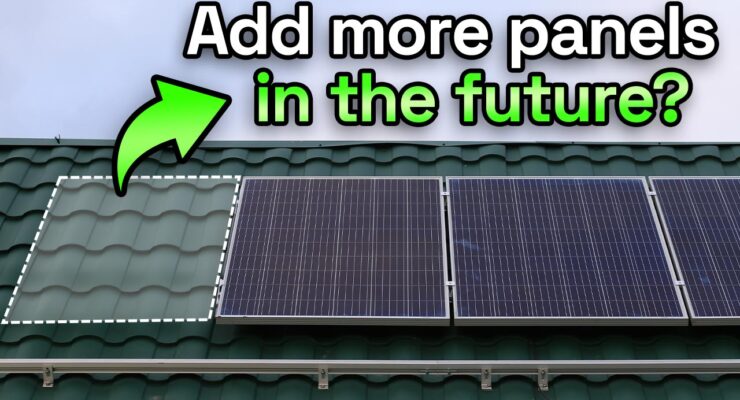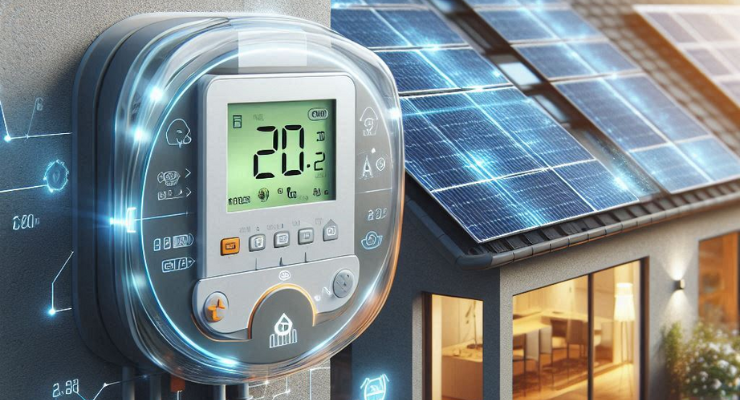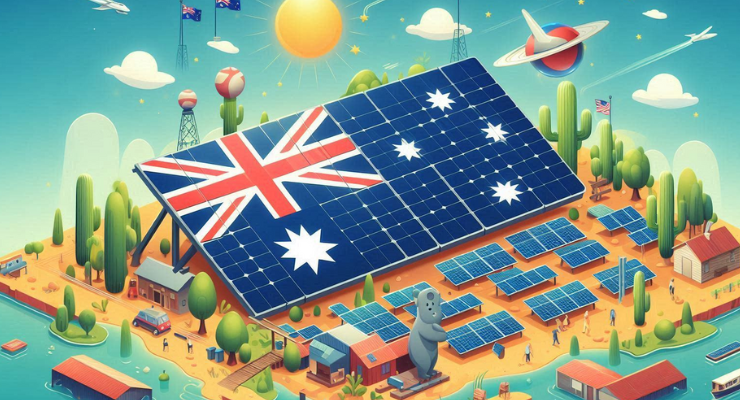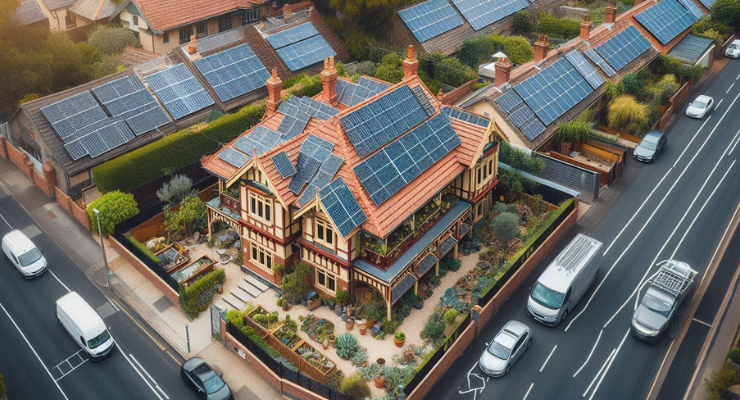Fast read
If you are considering adding more panels to your currently existing solar system, you should consult a professional installation company, as it can be challenging to add more solar panels. Before adding extra panels, it's crucial to consider the capacity of the existing inverter and the evolving Australian solar installation regulations.
Updating the complete system to comply with current codes, which may be expensive or economically unviable, is also essential. If additional room on the roof or a solar battery system is also being explored, adding more solar panels may be a good option if the system is relatively new.
Installing a second solar system to create a single usable energy source might be more economical. However, you'll need guidance from an experienced local provider or installer before making any selections.
My energy consumption has increased; Can I add more solar panels?
A few reasons exist why one would want to add more solar panels to their existing solar system. These being;
- Your current solar system is not covering enough of your energy needs;
- You had an oversized inverter initially installed and want to fill out its capacity;
- You want to take advantage of free space on your roof;
- You want to purchase a battery storage system but need to make more renewable energy for it to be worth it
If any of these situations sound like you, you can continue reading. Although adding more solar panels to your existing solar PV system is possible, it can sometimes be complex. Before proceeding, you must consider several things and communicate with a professional installer (hopefully your initial one).
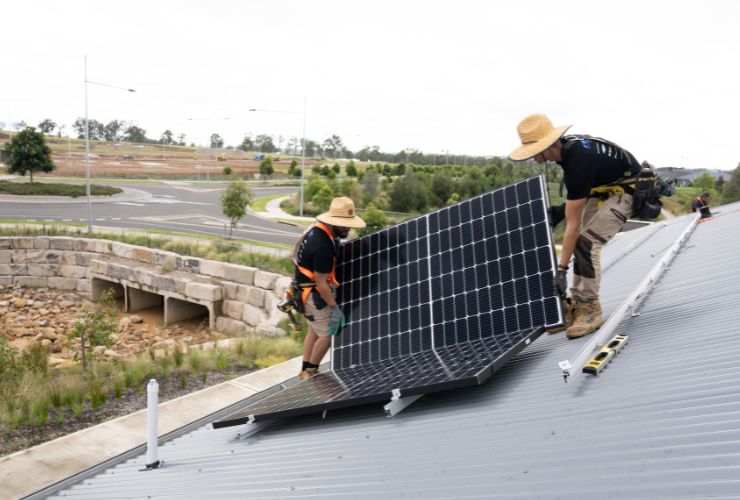
Australian solar standards
The first factor to consider is that Australian standards for solar have changed over the years. While you can add more solar panels to your current solar system, these new solar panels may make it, so your system needs to be updated to the latest standard.
This would mean your entire system would need to be updated, which is often not economical. These issues are predominantly for older solar installations – especially those over seven years, which do not align with current codes.
So when you want to add more solar panels, the installer will be concerned with the whole system being up to scratch and bringing more upgrading costs than you expected for what you thought would be a few extra rails and panels.
Inverter solution
Let’s delve a bit deeper into the world of solar power and focus on a key player: the inverter. This device plays a crucial role, converting the sunlight collected by your solar panels into the electricity that powers your home.
Here’s the deal: while inverters are quite flexible and can handle a bit more load than their official rating, they do have their limits. If you’re considering adding more solar panels to your system, your inverter might not be up to the task. Think of it like trying to squeeze too many items into a suitcase—it just won’t work smoothly.
To add a layer of complexity, your inverter might be following the latest rules and regulations (we call them standards). This means you can’t make changes to your solar setup without swapping out the inverter and, you guessed it, getting a new inverter comes with an additional cost.
So, when you’re navigating the solar landscape, it’s not just about the panels, you need to ask yourself if your inverter is ready for a little extra workload or if it’s time to find a replacement sidekick. Staying informed about the latest standards is also crucial, so your solar system can adapt without giving your wallet a shock.
This then creates another expense that you should have initially accounted for.
When is adding more solar panels a good idea?
So why should you add extra solar panels if it seems so costly? Adding more solar panels is a great idea in a few scenarios. Firstly, if you have extra space on your roof and are planning to add more solar panels, go for it. This is especially true if you initially chose Enphase as your inverter solution, as they allow panels of differing wattage to still work in one system.
As a general rule, putting a second system on will always reduce issues, compared to adding more solar panels to an existing solar system, except when the first system was installed recently, and the inverter sizing was considered a future expansion.
Another scenario where adding extra solar panels to a second system is a good idea is when you are also planning on purchasing a solar battery.
Although solar batteries have a decent upfront cost, they offer a range of benefits – such as blackout protection. Often, when looking to add a second solar system, there will also be battery and panel combos.
In saying this, you will have to pay for the solar battery and a few other items. Usually, there will be the need for a hybrid inverter if you have chosen a DC battery solution.
As you can see, it’s better to have planned for extra solar panels or installed the biggest solar system initially than to try adding them.
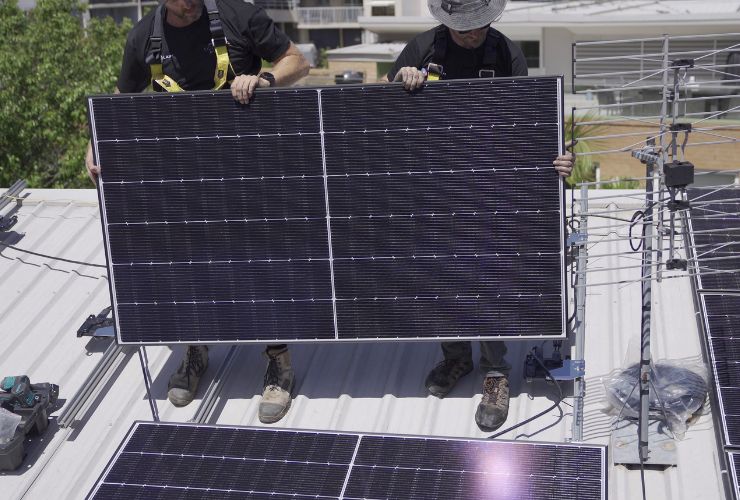
In summary
While the option to add more solar panels is open to all solar homeowners, it’s important to note that it’s not always the most viable or beneficial choice. The ideal approach is often to design and install the most substantial solar system from the get-go or, if your roof allows, consider installing a second solar system. This strategy enables the systems to collaborate, forming a robust and efficient renewable energy source.
When you choose to maximise your first solar panel setup or add a second system, you combine their power. By working together, these systems can complement each other, ensuring optimal energy production. Being part of a team where everyone contributes their skills to achieve a common objective is like. In this case, the goal is to create renewable energy for your home.
Creating a larger, integrated solar setup upfront or expanding with a second system maximises the use of available roof space and takes advantage of economies of scale. This not only enhances your energy production but can also be more cost-effective in the long run. Moreover, it provides a more sustainable and comprehensive solution, aligning with the goal of minimising reliance on non-renewable energy sources.
